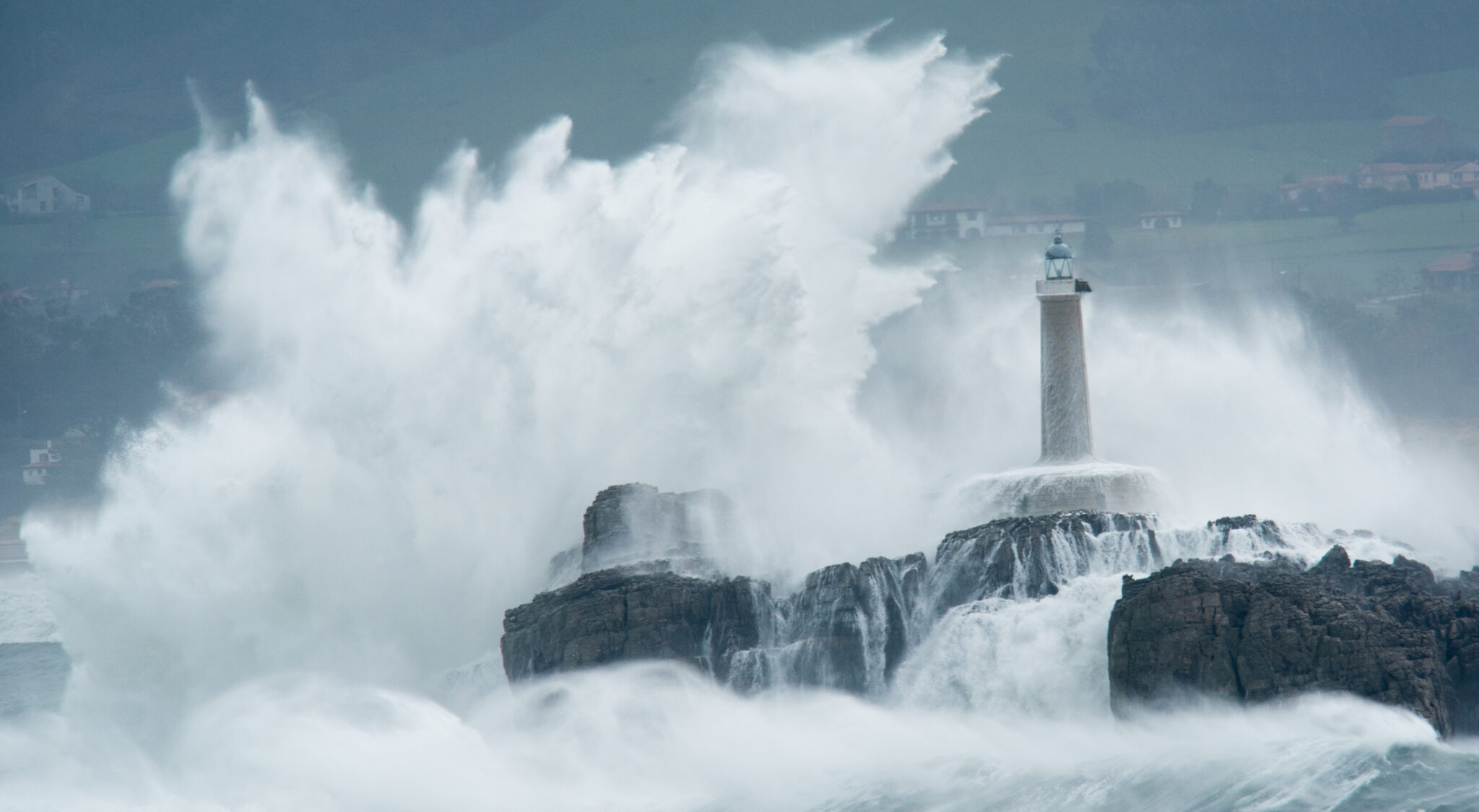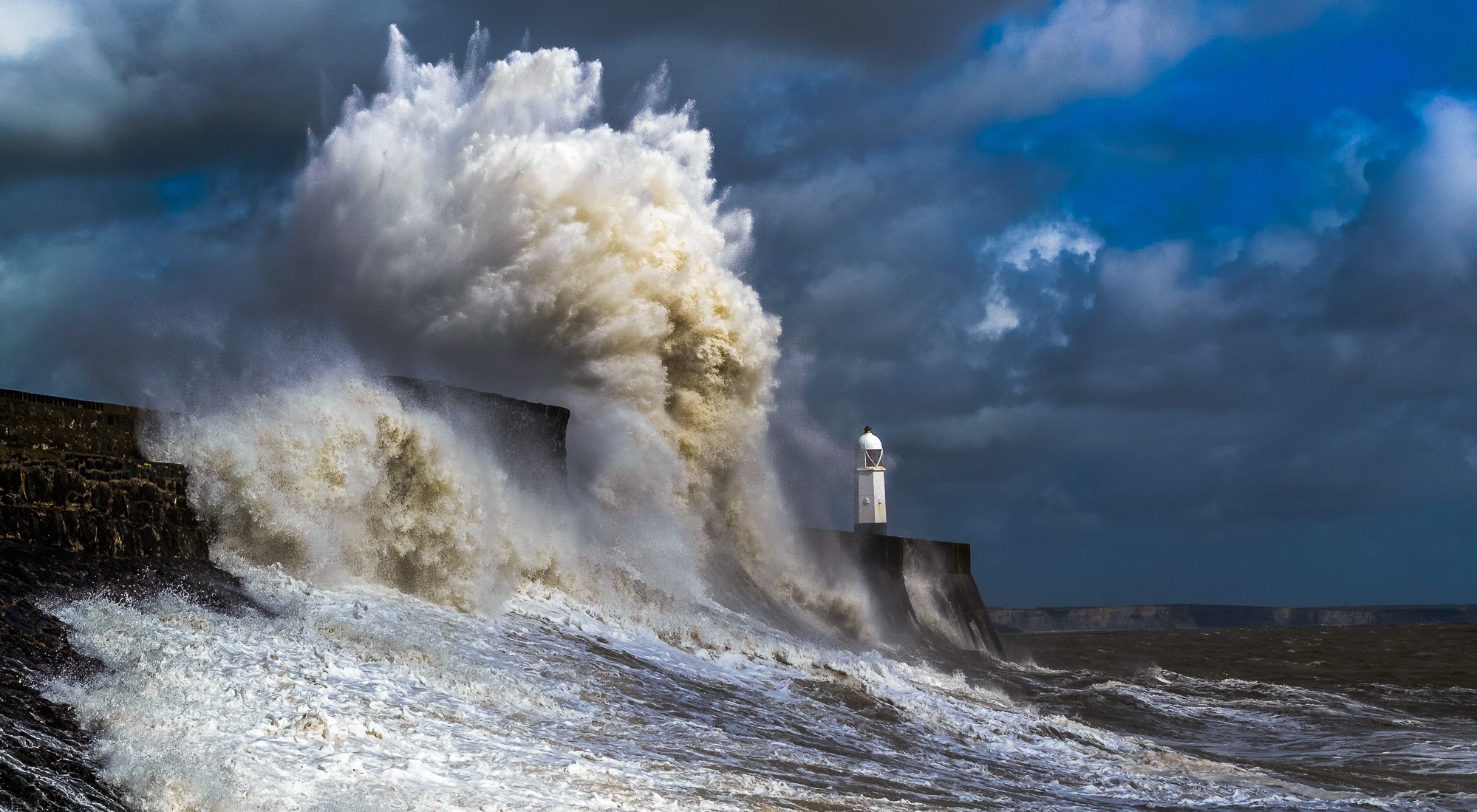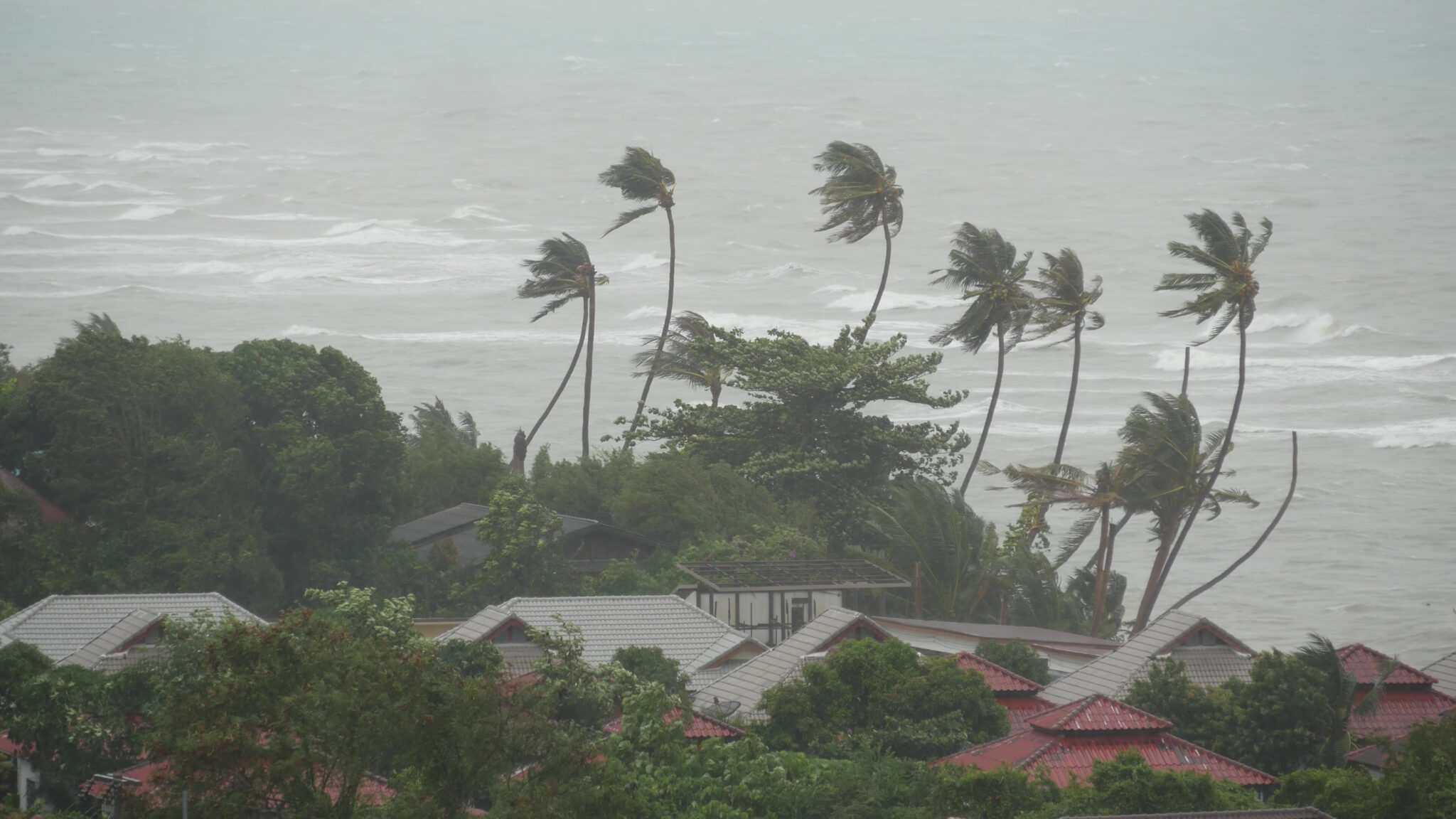New IHCantabria study reveals how interannual climate variability redefines global coastal risk

Evidence is provided that confirms the need to consider the influence of certain climatic phenomena when conducting coastal multi-hazard assessments, which is fundamental in risk management and coastal planning.
The results of a study in which researchers from the Institute of Environmental Hydraulics of the University of Cantabria(IHCantabria) have participated confirm how important it is to incorporate interannual climate variability (such as the El Niño phenomenon and polar oscillations) when assessing multiple risks in coastal areas, at a global level.
This reveals the significant impact of, for example, the intermittent climatic phenomena of El Niño and La Niña, which originate in the equatorial Pacific Ocean and can have far-reaching effects on the global climate.
These phenomena are related, since they are the opposite phases of what is called El Niño-Southern Oscillation (ENSO); its warm phase is El Niño and its cold phase is La Niña.
These phenomena, as well as the Arctic Oscillation (AO) or the Southern Annular Mode (SAM), are natural climatic variations that influence the behavior of winds and waves.
Hence, the new study recommends considering the analysis of interannual climate variability when conducting coastal multi-hazard assessments.
The results of this study were recently published in the scientific journal Scientific Reports, through the article entitled “On the need to integrate interannual natural variability into coastal multihazard assessments”, which is based on global data collected during almost four decades, in several countries.
The co-authors of this article are Itxaso Odériz and Íñigo Losada, researchers at IHCantabria; Rodolfo Silva Casarín, researcher at the Engineering Institute of the National Autonomous University of Mexico, and Nobuhito Mori, researcher at the Research Institute for Disaster Prevention of Kyoto University, Japan.
The study was led by Itxaso Odériz ─who is linked to the Climate Risk, Adaptation and Resilience Group of IHCantabria─ and focused on evaluating how the main modes of climate variability ─ENSO, AO and SAM─ alter the seasonal conditions of coastal hazards in various regions of the world.
The development of the study, at an international level, allowed identifying how these climatic modes, both tropical and polar, modulate the co-occurrence of hazards such as surface wind speed, local swell which is referred to as the swell generated in the wind generation zone and the swell when propagating ( swell ) that impact the coasts.
The occurrence of simultaneous hazards can be analyzed by a temporal or temporal-spatial relationship.
This analysis analyzes whether these hazards occur in one location or if they occur simultaneously in several locations of a country.
According to the findings, ENSO affects approximately 40% of coastal countries, being especially relevant in Asia and America; while polar modes impact about 30% of coastal countries, standing out in regions such as Norway and the United Kingdom.
The co-authors of the article published in the scientific journal Scientific Reports emphasize that ENSO causes a greater diversity of simultaneous hazards, compared to the other climatic modes, which can increase the strength of wind and waves, especially in countries such as Peru and Indonesia.
For its part, the SAM shows its greatest influence in the southeastern Pacific region, affecting with greater intensity the swells that are generated in the southern ocean and reach the coast of Chile, while the AO impacts mainly in the North Atlantic, with a significant increase in wind and wave conditions on the coasts of Ireland and Norway.
The results of the study highlight the complex interactions between these coastal hazards, across different time and space scales, having detected that natural inter-annual variability has not been adequately incorporated into coastal risk assessments.
“Risk studies generally assume seasonal variations, but do not integrate the year-to-year changes generated by natural interannual variations, which leads to underestimation of climate hazards in the infrastructure designs or operation of coastal industries, such as energy and ports,” says Itxaso Oderiz.
Therefore, his study represents a significant advance towards the integration of these climatic variabilities in multi-hazard assessments, which will facilitate decision-making in coastal planning and disaster prevention.
“These types of studies are essential to prepare coastal communities and their economies for the impacts of climate variability, especially in vulnerable regions exposed to large-scale weather patterns such as El Niño,” concludes Itxaso Odériz.
The full content of the article published in the scientific journal Scientific Reports can be accessed through this link .

The study focused on assessing how the main modes of climate variability ─ENSO, AO and SAM─ alter seasonal coastal hazard conditions in various regions of the world.

Intermittent El Niño and La Niña weather events, which originate in the equatorial Pacific Ocean, can have far-reaching effects on global climate.

Research carried out under Grant FJC2021-047909-I funded by MICIU/AEI /10.13039/501100011033 and by the European Union NextGenerationEU/PRTR



